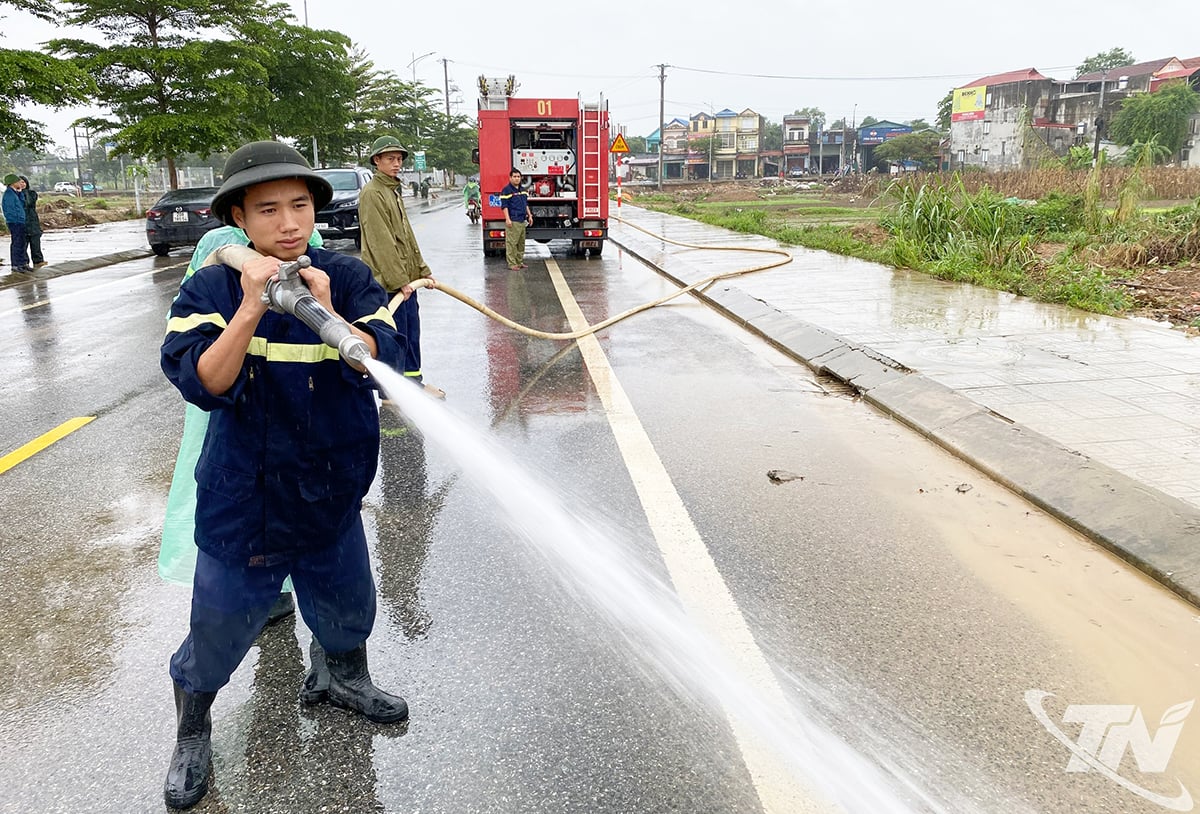 |
| Cleaning is done every Saturday in many localities in the province. |
In early November, the movement “All people join hands to protect the environment” was simultaneously deployed by localities in the province. In Linh Son ward, more than 500 cadres, soldiers, union members, youth and environmental workers joined forces to clean up the old National Highway 1B, National Highway 17 and Dong Bam residential area.
According to Mr. Tran Chi Dung, Vice Chairman of Linh Son Ward People's Committee, the amount of garbage and sludge after the flood in the locality is very large. The Ward People's Committee has directed residential groups, organizations and coordinated with the military and police forces stationed in the area to organize collection, transportation and environmental cleaning.
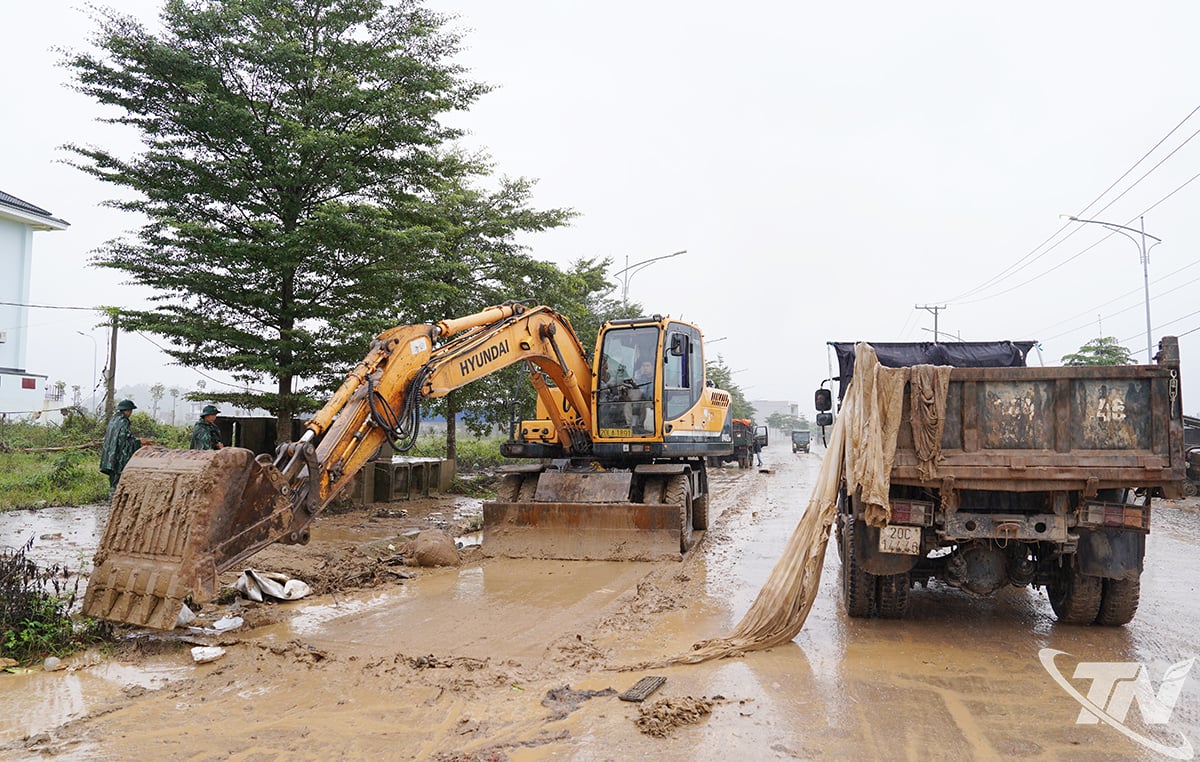 |
| The process of collecting and transporting garbage after floods requires a lot of machinery. |
After storm No. 11, the whole province generated nearly 30,000 tons of waste and mud - about 10 times more than normal days. Thai Nguyen Urban Environment and Construction Joint Stock Company mobilized nearly 600 officers and workers, nearly 100 vehicles, working continuously to collect more than 11,000 tons of waste in just one week, bringing it to the Da Mai centralized treatment area (Tan Cuong commune).
At the Provincial Center for Agricultural Extension and Environment, the specialized force has coordinated with local authorities to arrange temporary gathering points, instructing people to classify waste at source, contributing to reducing the load on the Da Mai treatment area - which receives an average of 2,500 tons of waste per day during the peak period after the storm. However, the current treatment is still mainly in the form of landfill. To meet the growing demand, it is necessary to soon invest in a high-capacity waste treatment plant with a synchronous system, minimizing pollution and ensuring long-term security.
Classification at home
In reality, despite efforts to collect the huge amount of waste after the flood, Thai Nguyen is still facing a core problem - the treatment of solid waste. The Da Mai waste treatment area has fallen into a state of overload, the landfill must be raised to receive more. Meanwhile, some other landfills are also full or temporarily suspended. The thorough burning of waste has only reached about 50 tons/day due to high costs and the amount of wet waste after the storm is not suitable for burning.
Mr. Nguyen Van Viet, Director of Da Mai Waste Treatment Plant, said: If waste is classified into three groups - recyclable, burnable and organic - then the treatment will be much easier. We have increased manpower, used deodorizing microorganisms, leveled and buried the waste hygienically. However, the stage of classifying waste before bringing it to the landfill is still the biggest bottleneck.
According to the provincial Department of Environmental Protection, the risk of secondary pollution due to leachate from landfills is very high, especially in conditions of heavy rain or overload. The province is developing an environmental protection project for the period 2026-2030, aiming to reduce the amount of landfill waste to below 10%, while promoting investment attraction in waste treatment plants to generate electricity and recover energy.
 |
| Household solid waste is still dumped together and not thoroughly classified. |
Mr. Le Hai Bang, Head of the Department of Environmental Protection, said: Thai Nguyen is encouraging waste sorting at source and processing in the direction of circular economy . Some investors, including a Korean unit, are researching and testing the technology of generating electricity from gas generated at Da Mai landfill. If operated effectively, the project will help reduce pollution, save energy and create internationally tradable carbon credits.
Along with technical solutions, the key issue still lies in the awareness and actions of the community. Associate Professor, Dr. Do Thi Lan, Deputy Head of the Faculty of Natural Resources and Environment - University of Agriculture and Forestry (Thai Nguyen University), said: Waste management should be considered a regular task, not just a response after natural disasters. The government must have a mechanism to encourage and strictly handle environmental violations when individuals and organizations do not comply with the Law on Environmental Protection. At the same time, there must be propaganda, mobilization, and guidance for people to classify waste at the source; businesses investing in environmental technology must be supported. Along with that, each person needs to raise awareness, utilize organic waste as fertilizer, and classify waste right at home.
Source: https://baothainguyen.vn/tai-nguyen-moi-truong/202511/can-giai-phap-moi-truong-ben-vung-sau-mua-lu-d5421b2/










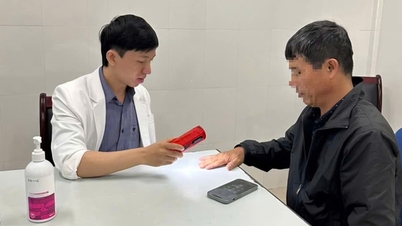

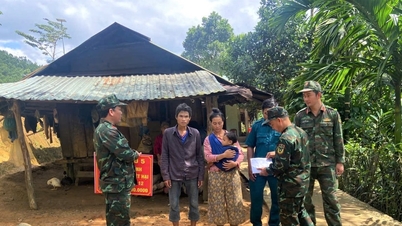
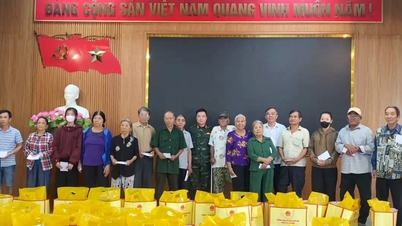






















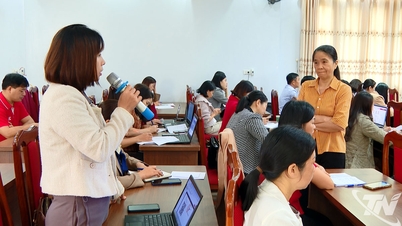






































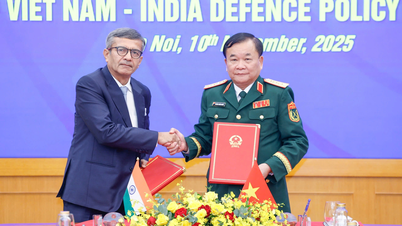














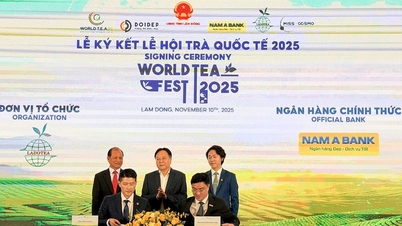



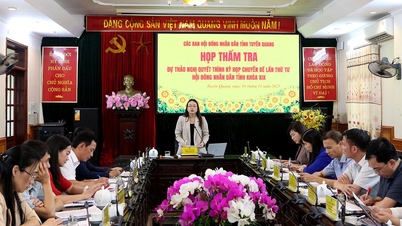
![Dong Nai OCOP transition: [Article 3] Linking tourism with OCOP product consumption](https://vphoto.vietnam.vn/thumb/402x226/vietnam/resource/IMAGE/2025/11/10/1762739199309_1324-2740-7_n-162543_981.jpeg)













Comment (0)